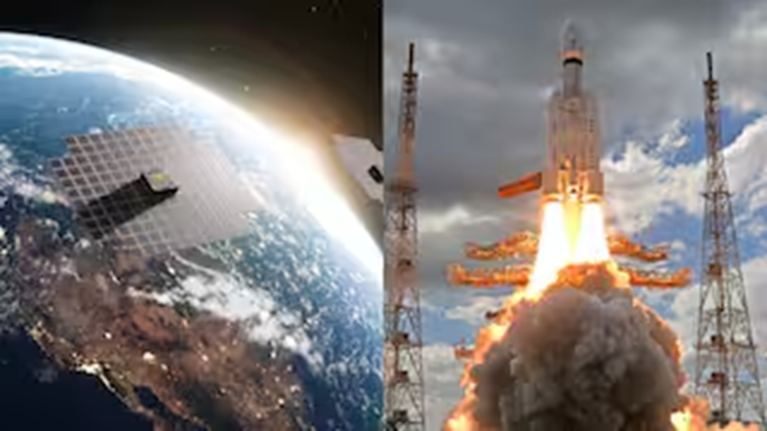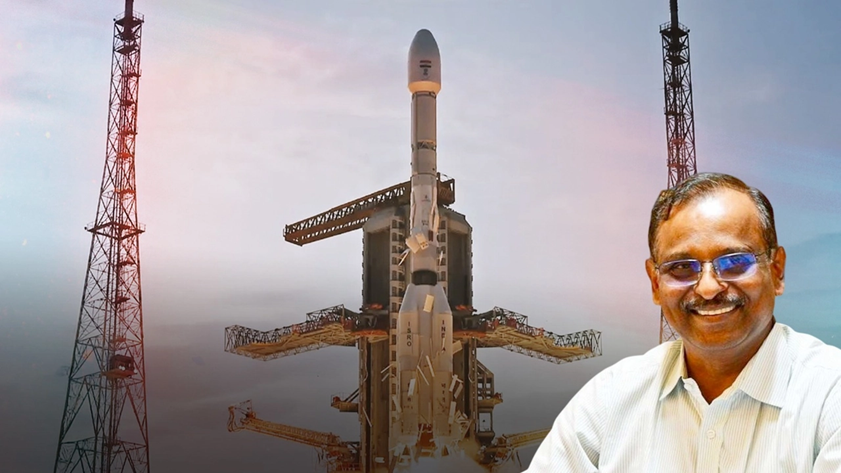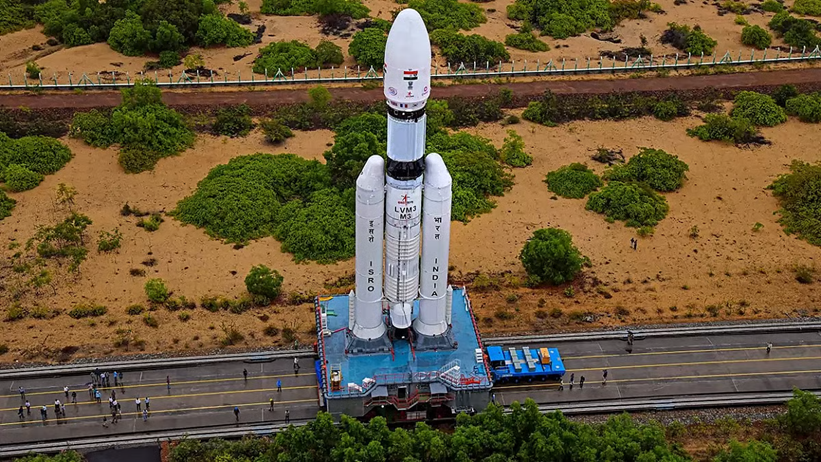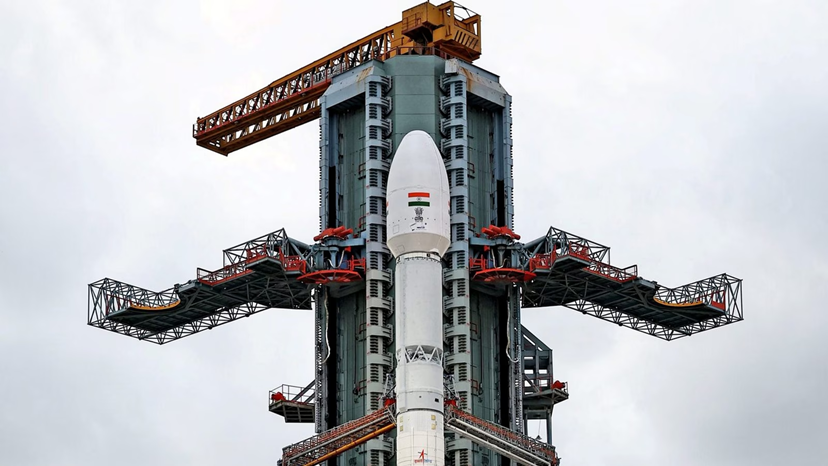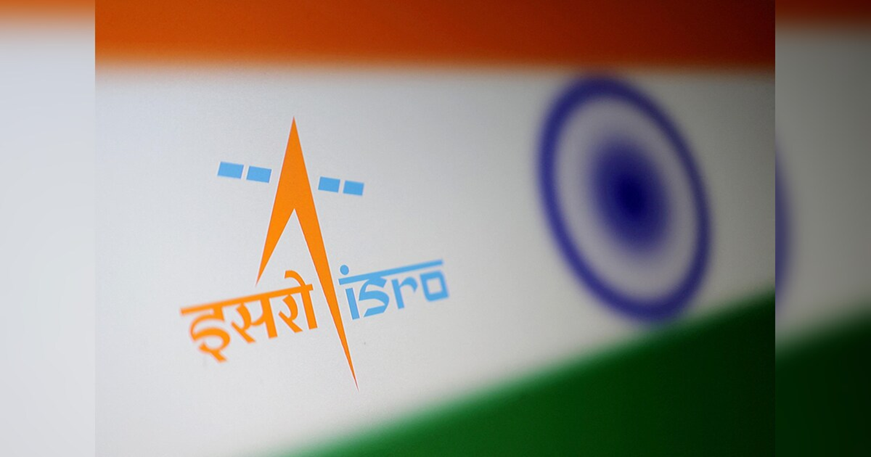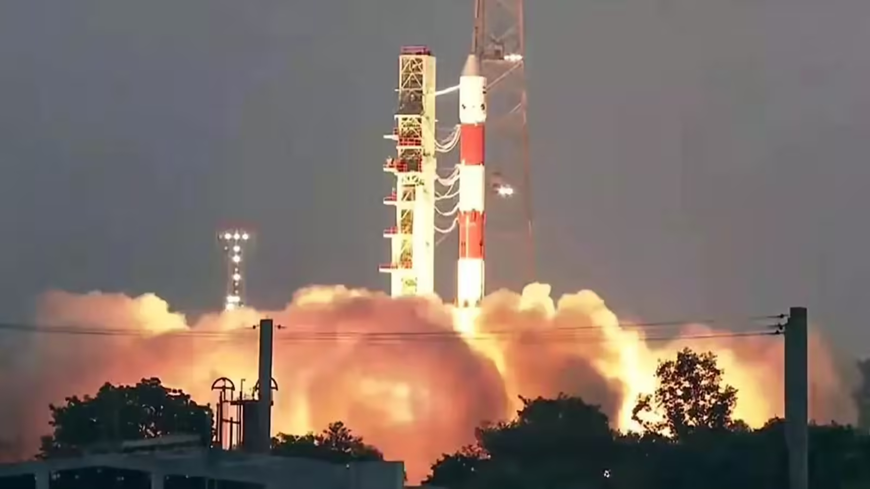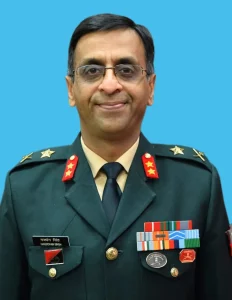India’s space journey is set to mark another significant milestone as ISRO prepares to launch a 6,500 kg communication satellite built in the United States, as per the news reports. The mission, planned in the coming months, showcases the remarkable growth of India’s space capabilities from humble beginnings in 1963 to becoming a trusted global launch partner.
ISRO To Launch 6,500 Kg US Communication Satellite ?
Why In News
- India’s space journey is set to mark another significant milestone as ISRO prepares to launch a 6,500 kg communication satellite built in the United States, as per the news reports. The mission, planned in the coming months, showcases the remarkable growth of India’s space capabilities from humble beginnings in 1963 to becoming a trusted global launch partner.
From A Tiny Rocket To Global Recognition
- Indian space programme had its origins in 1963 when a small rocket was donated by the United States. At that time, India was 6–7 years behind other advanced nations in space technology. This modest beginning set the stage for a remarkable transformation over the decades, with ISRO emerging as a leader in precision launches and cutting-edge satellite technology.
Milestones In The Indian Space Programme
- Over the years, ISRO has recorded several achievements that have placed India on the global space map. In 1975, through satellite data provided by the US, the agency demonstrated mass communication by installing 2,400 television sets across 2,400 villages in 6 Indian states. More recently, the launch of the NASA-ISRO Synthetic Aperture Radar (NISAR) mission on July 30 marked the deployment of the most expensive satellite ever built, with collaborative payload contributions from both countries.
- In 1975, ISRO used satellite data from the US to demonstrate mass communication in 2,400 villages using 2,400 TV sets.
- Since then, ISRO has launched 433 satellites for 34 countries.
- In 2017, ISRO set a world record by launching 104 satellites in a single mission.
- Through Chandrayaan-1, India detected water molecules on the Moon, and Chandrayaan-3 achieved the first-ever soft landing near the Moon’s south pole.
- ISRO’s satellites support 55 services, including weather forecasting, telecom, navigation, disaster warning, and ensuring food and water security.
- During Operation Sindoor, ISRO also helped ensure the safety and security of Indian citizens using its space technology.
Achievements In Launch Capabilities
- ISRO has successfully launched 433 satellites belonging to 34 countries using its own launch vehicles. In 2017, the organisation set a world record by placing 104 satellites into orbit in a single mission. This feat showcased India’s efficiency and technological prowess in space exploration and satellite deployment. Listing out some of the significant missions, he said with the Chandrayaan-1 mission, ISRO was able to identify water molecule on the surface of the moon, and through Chandrayaan-3 till date, no country has made soft landing on the south pole of the Moon.
- Referring to Russia’s rocket mission of placing 34 satellites into orbit using a single launch vehicle, he said India broke that record by placing 104 satellites into the intended orbit using a single rocket.
- In 2017, ISRO scripted history by successfully launching 104 satellites, including India’s weather observation Cartosat-2 Series, in a single mission onboard PSLV-C37 rocket.
- On the future launch missions planned by the Bengaluru-headquartered space agency, Narayanan said, currently there are 56 satellites orbiting the earth, serving the purpose of ISRO. The number of satellites would be increased ‘3xtimes’ over the next 2-3 years.
- “We are going to have our own Gaganyaan programme (sending humans to space) and ISRO is also going to build its own space station by 2035. The Indian Space programme is really one of the outstanding programmes and by 2040 we will match all developed countries in terms of capability of all space programmes,” he said.
Expanding Applications For National Development
- ISRO’s contributions extend far beyond space research. The agency supports 55 different applications that benefit the nation, including television broadcasting, telecommunications, weather forecasting, disaster warning, navigation, and ensuring food and water security. Even during critical national operations, such as Operation Sindoor, ISRO played a vital role in safeguarding citizens.
Future Missions And Ambitions
- Looking ahead, ISRO plans to triple the number of satellites in orbit within the next two to three years. The upcoming Gaganyaan programme aims to send humans into space, while plans are also underway to establish India’s own space station by 2035. By 2040, India aims to match the capabilities of all developed nations in space technology.
Conclusion
- The planned launch of the 6,500 kg US-built communication satellite from Indian soil is more than a technical achievement. It represents the determination, skill, and vision that have driven India’s space journey for over 6 decades, positioning ISRO as a leading player in the global space community.
